|
Our horses are always communicating to us through their behavior and it’s our job to make sure we are paying attention to them. Some behavior are very noticable and we can pick up what they are trying to communication and others are very subtle and we need to pay close attention. During a bodywork session there are many signs and behaviors horse’s display to let me know what it going on with them. It is my job to listen and play attention. Here are 10 signs that horse’s display to let me know they are processing what is going on in their body and being to relaxing and release any tension they may have. 1. His Nostrils - a horse’s nostrils will be relaxed, soft and round with equal breathing on both sides. If he is feeling irritated or unhappy they become tight, thin and drawn. 2. The Tail - the tail is a HUGE part in the way a horse communicates. When he is relaxed the tail is fairly loose and swinging freely and evenly when he moves. In the absence of any injuries that affect where his tail hangs, it should be straight. 3. Ears - Your horse using his ears for many things and in many different ways, not only to communication with human but alway with other horses. They use their ears to listen, concentrate, or to tell to you back off. When you horse is relaxed and happy his ear are typically relaxed down, off to the sides or pointed in the direction you are in. 4. Pooping - yes, pooping is a sign of a release and relaxation. Regular dropping is a sign that your horse is happy and healthy. If they defecate during a bodywork session this is a great sign that he is letting go and relaxing. 5. Lower Jaw - A relaxed lower jaw is a big sign that your horse is relaxed and happy. It will be loose, hanging down and most likely dribbling. 6. The Man Drop - almost always during a bodywork session, when working on geldings or stallions they will relax their penis and drop. This is a sign that your boy is happy and relaxed. 7. The Eye Blink - this can be the most subtle behavior and you need to be paying attention and really entune with the animal. Many times during a session a horse will “process” what is going on in their body. This is happening because in a bodywork session you are not only affecting the muscular system, but also the circulatory system, nervous system. Digestive system, respiratory system, skeletal system as well as the endocrine system. Horse’s begin to blink rapidly when they are process what is happening in their body. Please know this is a different behavior then trying to avoid bugs or and eye irritant. 8. The Fidget - just like the eye blink this is a behavior a lot of horse display right before a big release. This can be anything from dancing around, pawning, shaking their head, or even trying to playfully nip and/or bite. A lot of people get frustrated and annoyed with these behaviors during a session but if we listen to the horse and allow him to express himself (always in a safe way) then he is almost always telling us that some change is happening in his body. I alway think of this behavior as the horse telling me “ something is happening in my body, something is changing and I do not know how I feel about it”. Almost always after a fidget a release happens in the body. 9. Licking and chewing - Licking and chewing behavior is probably one of the most misunderstood horse behaviors. It simply reflects a change in autonomic nervous system tone that results in salivation that stimulates licking, chewing, and sometimes a big swallow. The lick and chew reflex is actually an indicator of a release of stress or tension. During a bodywork session when a horse starts licking and chewing we associate it will a release of tension and restriction. 10. Yawning - the ultimate release! A lot of horses yawn during a bodywork session. It typically happens after coming across an area of tension and/or restriction. It is a way of calming and taking a deep breath. It is a behaviour that in contexts such as this often means more than we normally think it does. In fact, this type of behaviour is frequently referred to as a calming or appeasement signal and a way to redirect emotions and release tension. To learn more about equine bodywork and how it can help your horse feel and perform his best contact Meghan at contact@myequinesolutions.com
0 Comments
The Equine shoulder areas are a main point in motion and alignment. If stiffness occurs there, it can create issues farther down the leg because blood isn’t flowing properly. The cap of the scapula, the rounder area of the shoulder blade below its withers is an important area on the horse. This is where the saddle tree comes in contact with the muscles around the scapula and where there are fascial attachments of muscles that go into the crest, withers, shoulder, etc. An ill-fitting or poorly positioned saddle can create problems not just for the back, but also cause postural compensations affecting the front and back legs. Horses have a wide range in motion in their shoulder that begins at the cap of the scapula, so if that is blocked the other muscles will not be able to work properly. These muscles need to be balanced well so that the horse can function symmetrically and have nice flow from that functional axis of rotation. Palpating, or massaging, is an excellent way to release muscle tension and promote better circulation. It’s always best to start with a light touch and feel the muscles to gauge how tight or fluid they are. Using your fingers, press lightly and watch the horse’s body language to see whether the spot is sore, sensitive or painful. Lighter is always better. Once the tissue softens underneath hand you can begin to add more pressure. Watch for your horse’s reactions. If the horse pulls away, paws or displays irritated behavior, remove pressure. If the horse displays signs of licking or chewing, this means it is relaxing into your touch, and the palpation is working. After loosening the muscles, lift the legs, the feet and the lower joints to get them mobile. Lack of motion can be one reason why these muscles get stiff. Gentle joint mobilization and gentle range of motion of the joints will help relax tight and tense muscles. This is also a great way to evaluate your horse’s range of motion in each of his shoulders. Notice if one shoulder is more reactive to your touch or if one has more range of motion than the other. Typically, one will have less range of motion than the other. When you find this, spend more time working on the shoulder/scapula area to release the fascia and soft tissue around the scapula to help encourage and increase in range of motion.
This horse's sacrum acts as a sturdy platform for its huge pelvis. There is not a lot of room for movement within the sacroiliac (SI) joint itself. In fact, after the age of 10, the SI joints in most horses are fused. So the question is, if the SI joints are fused, how can one expect to restore normal joint function there? You have to look at this a little differently than you would a person's SI joint. Think "muscle dysfunction" in this area, as opposed to joint dysfunction. If your horse is showing hind end discomfort and stiffness, is unable to pick up or maintain canter leads, has poor low back muscle development, cannot engage or lacks impulsion, bucks or rears under saddle, the sacroiliac region may be to blame. Bodywork and massage therapy can help relax and release the muscles around the joint to increase range of motion, relaxation, balance and enhance performance and well being.
The intercostal muscles are the muscles between the ribs and the most important function they do in aid in breathing. - Have a horse that holds their breath? - Do you have a horse that always favors one lead over the other? - Is your horse harder to bend or turn in a particular direction? - Is your saddle is always slipping off to one side? When a horse habitually holds its ribs to one side, it makes certain movements harder for them. Things like lateral flexion on the side the ribs stick out on becomes very difficult. Holding the proper bend on that side is hard, their shoulder falls into the circle because their ribs are in the way. Higher level lateral movements and lead changes become a challenge, not because the horse is being difficult, but because they simply can't move their ribs out of the way to allow for the proper position of their body to accommodate the movement. Releasing these muscles can help the horse maintain proper muscles function to help them become more balanced and free in their rib cage. Just like people, horses are one-sided or one side dominant just like someone who is right or left handed. Our job as riders, trainers and therapist is to help them be as balanced as possible through proper training and with the help of bodywork. Releasing the intercostal muscles and the rib cage may help your horse overcome that ingrained muscle memory and get them swinging freely through the ribs again.
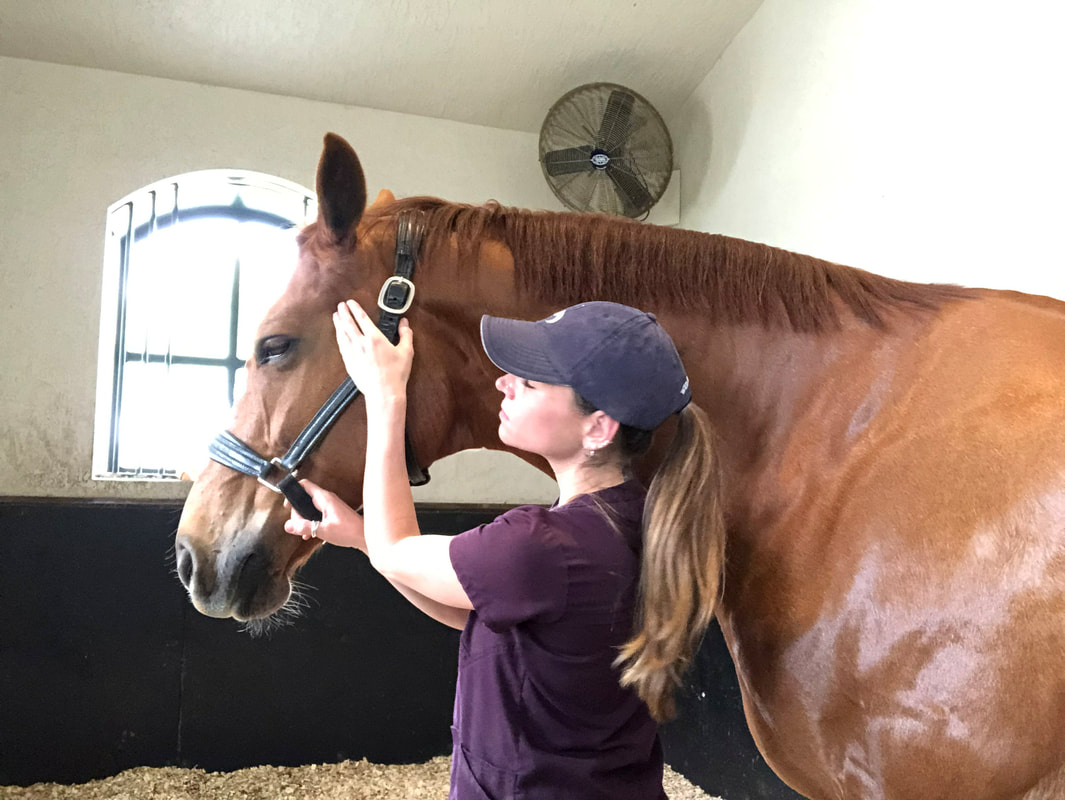 TMJ is the abbreviation for temporomandibular joint. Anatomically, it refers to an area of the cranium where the jaw, or the mandible, contacts and articulates with the temporal bone. The temporal bone is the area of the skull where the ear resides. When these bones are misaligned and not articulating properly and the surrounding tissue of the TMJ is stressed, the TMJ Mechanism is out of balance and cannot function optimally. This condition is known as Temporomandibular Dysfunction, or TMD. TMD shows up in many different shapes and sizes and cases differ in levels of severity. Horses with TMD will clearly show low levels of performance, improper gaits, uneven wear of the teeth, possible head shaking, signs of headaches, cribbing and/or various behavior problems. In some cases, even a slight protrusion in the lower jaw can be seen - the lower incisors of the mandible come behind the upper incisors of the maxilla. Any horse that has TMD will have some level of difficulty in performance. Here are a several things to notice if you think your horse has discomfort in the TMJ joint and surrounded soft tissues - Does your horse’s tongue rest between his upper teeth and lower teeth? - Does your horse drop large amounts of food? - Does he pass whole food in his manure? - Can you hear a popping and/or clicking while your horse chews? - Does your horse have difficulty flexing at the poll? - Does your horse chew more on one side compared to the other? - How does your horse hold his neck and move in leads? - How are your horses’ teeth wearing? You can also gently palpate the muscles on and around the mandible. Notice the quality of the muscles. Do they feel soft or do they feel like a rock? Does the muscle invite you in or push you out? If you think your horse may be suffering from TMD bodywork can be a great way to treat and use as preventative care. It is beneficial to first address and correct any existing 'mechanical' contributors such as hoof trimming, saddle fit, bit use, feeding practices, and dental issues. Without addressing these issues first, the results of bodywork will be limited. In addition, it is absolutely necessary to address the soft tissue and help bring balance back to the body through massage, acupuncture, myofascial release and craniosacral work, which specifically address the Stomatognathic system.
Remember to always consult with your veterinarian, equine dentist, and other qualified professionals who understand your horse, the TMJ, and TMD conditions. |
AuthorMeghan Brady is a equine industry professional specializing in a holistic approach for both horse and rider to enhance performance and well being. Archives
October 2023
Categories |
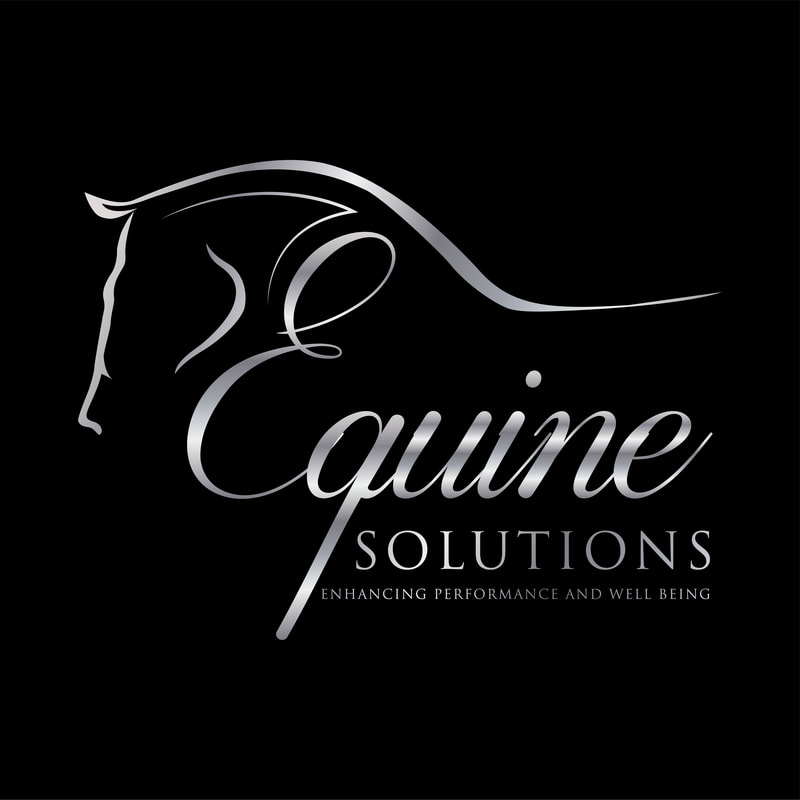
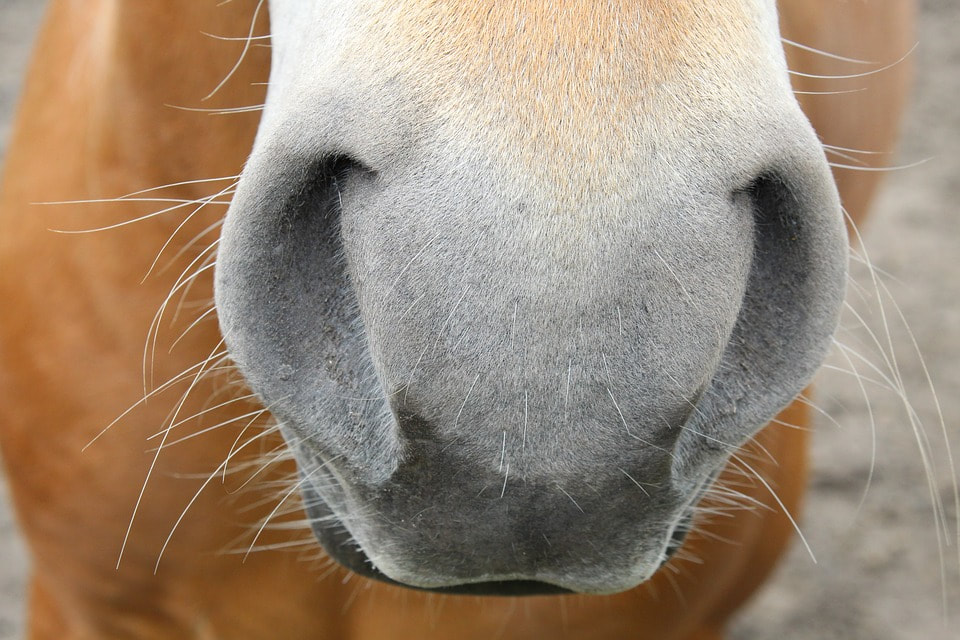
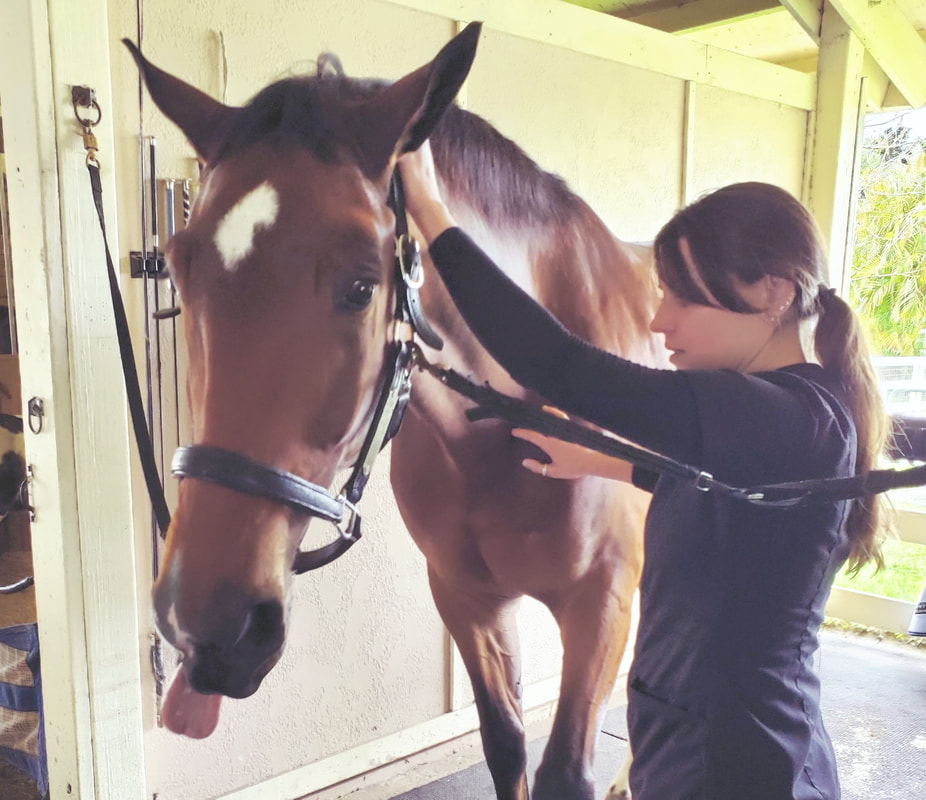
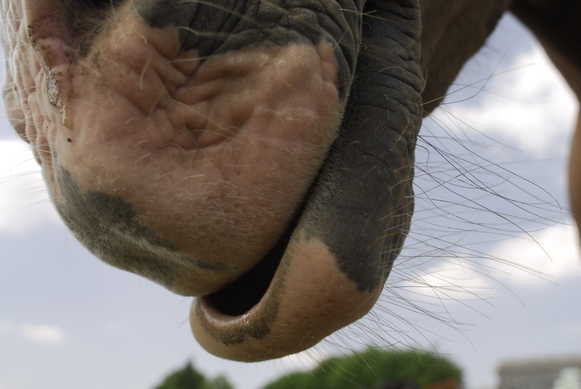
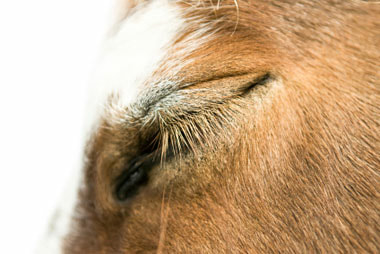
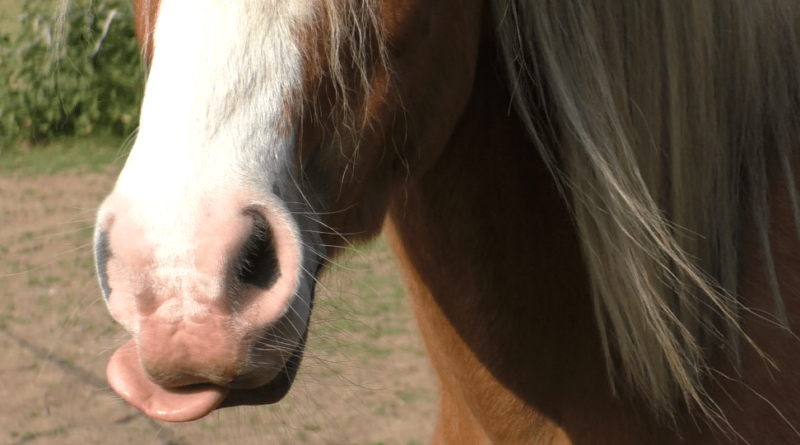
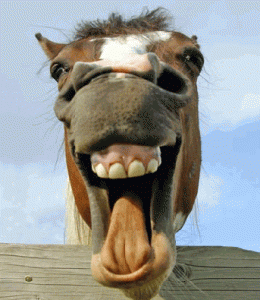
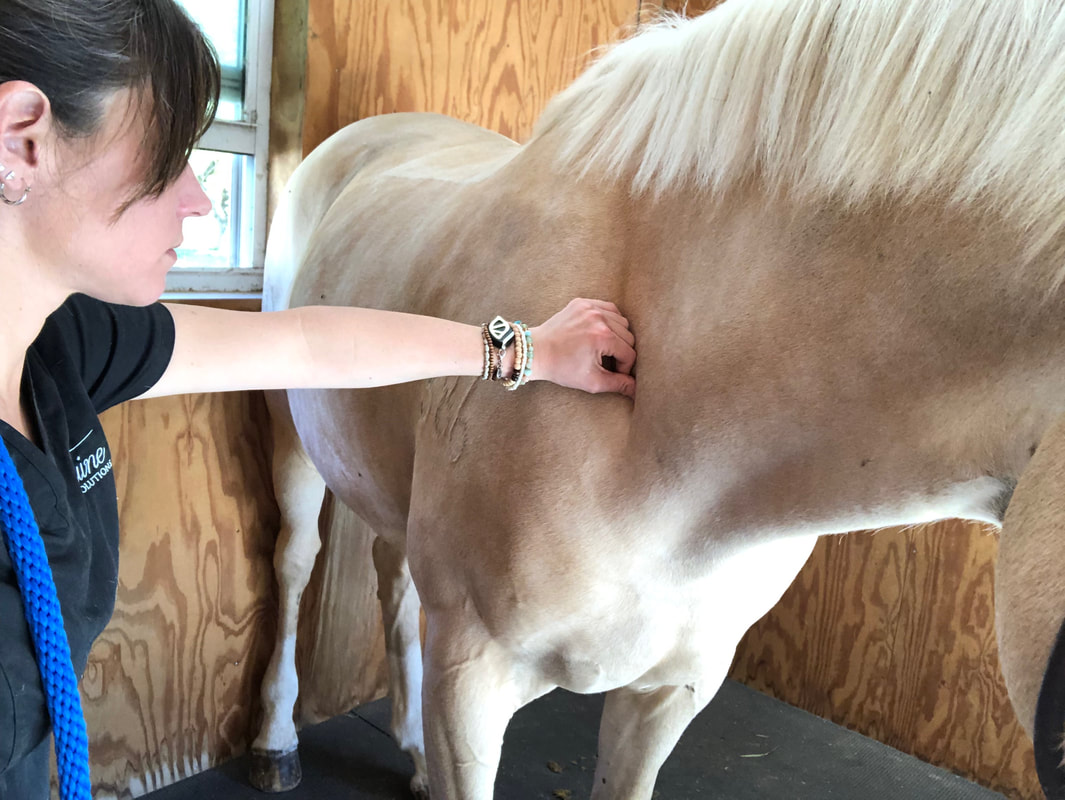
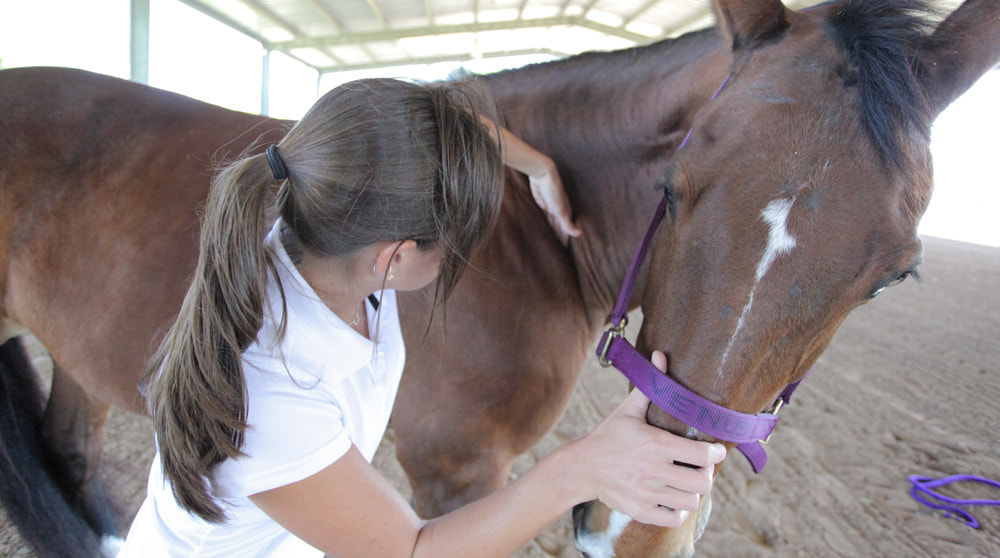
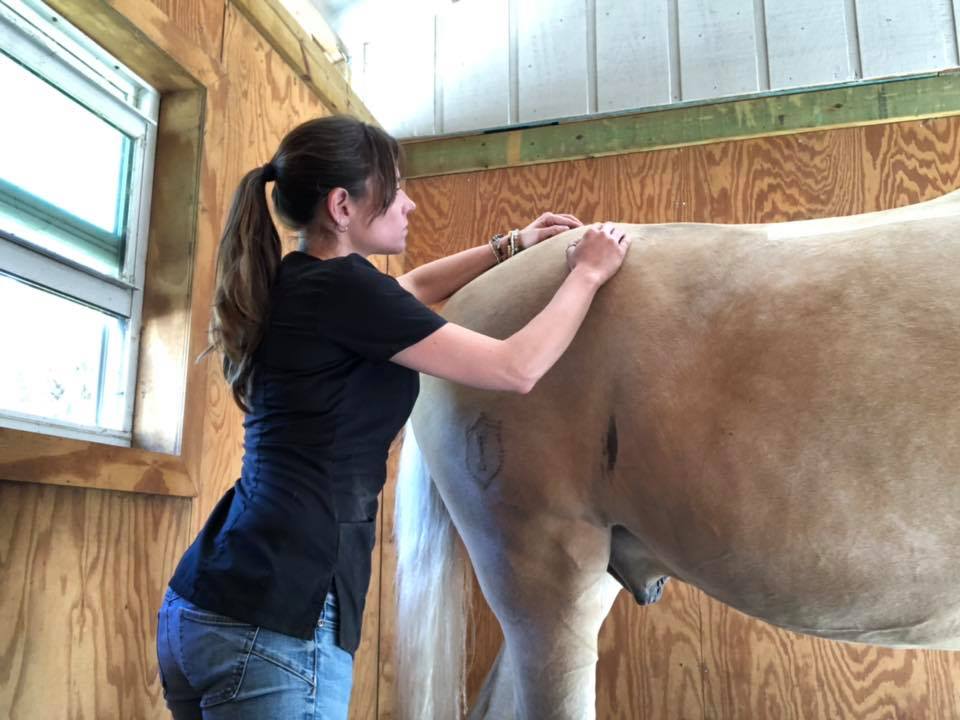
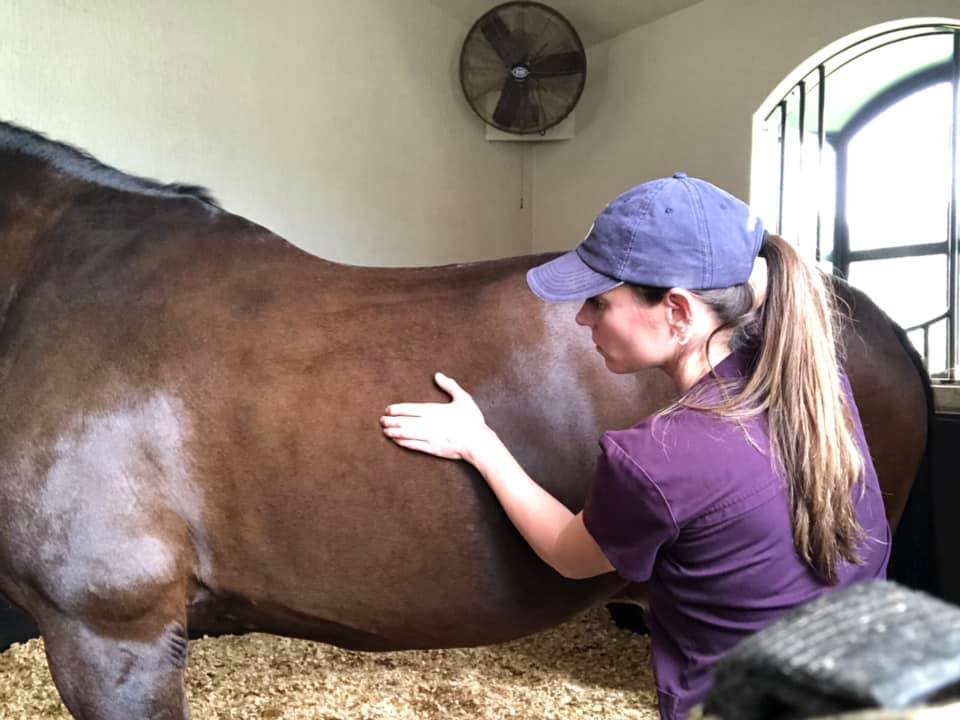
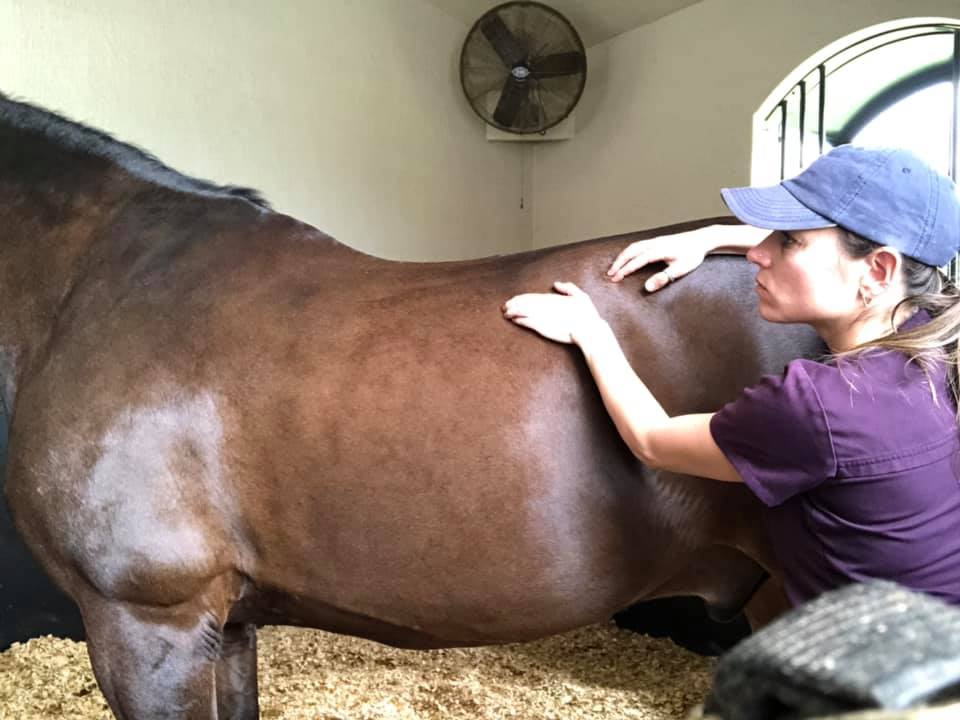
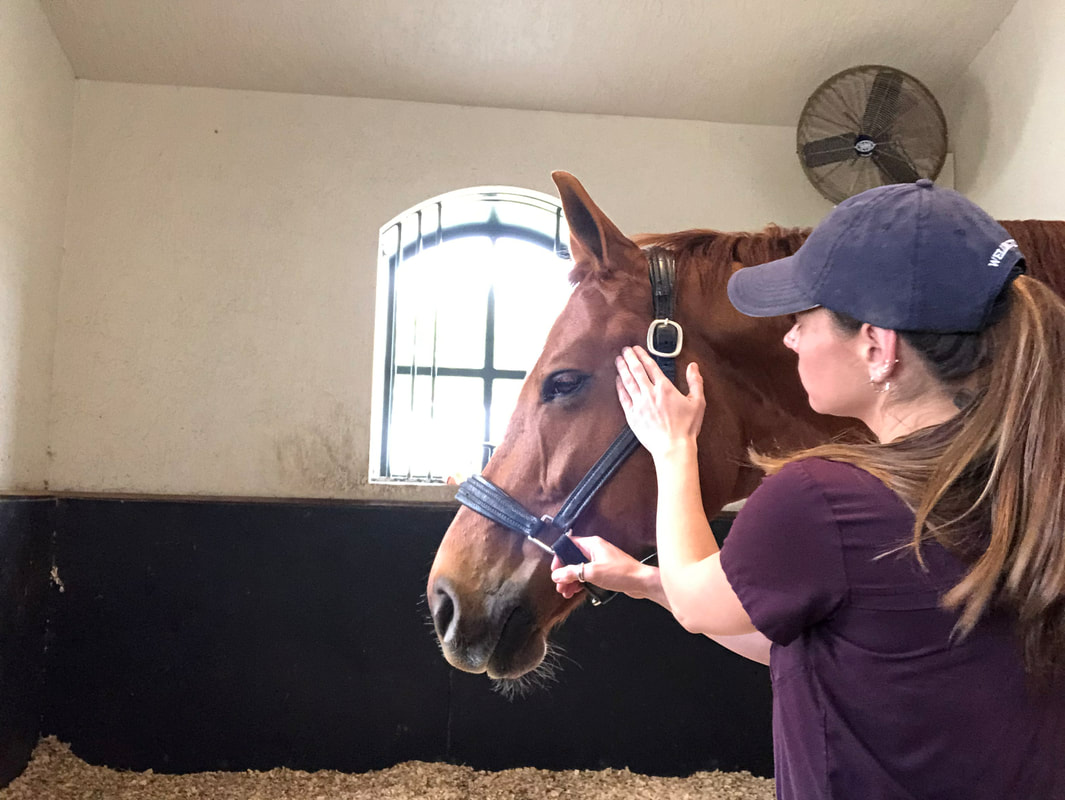
 RSS Feed
RSS Feed